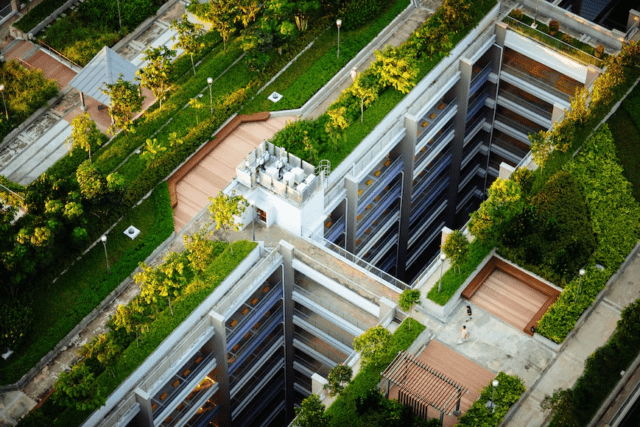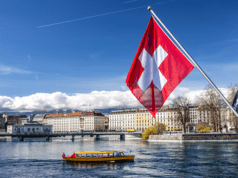
Cities around the world are growing rapidly, driving the need for innovative solutions to face the challenges of urbanization. From transportation and housing or sustainability and ecology, here are some urban innovations to capitalize.
Smart mobility
One of the biggest challenges facing cities today is transportation. Traffic congestion and air pollution are major problems that affect the residents’ quality of life. To solve these ongoing issues, cities are turning to smart mobility solutions that use technology to improve transportation efficiency and reduce emissions.
For example, cities are implementing intelligent traffic management systems that use real-time data to optimize traffic flow and reduce congestion. They are also investing in electric vehicles and charging infrastructure to promote clean energy and reduce air pollution. In addition, cities are integrating different modes of transportation, such as bike sharing and carpooling.
Vertical farms
As urbanization continues, cities face the challenge of feeding their growing population. Traditional agriculture requires large amounts of land and water, which is not always possible in cities. To meet this challenge, vertical farms have emerged as a sustainable and space-efficient solution.
Vertical farms use hydroponic or aeroponic systems to grow crops in layers. This allows for more efficient use of space, reduced water consumption and minimized transportation costs. Additionally, vertical farms can operate year-round and in any climate, making them a reliable source of fresh produce for city residents.
Mixed-use developments
As cities grow, the demand for housing and commercial space increases. However, traditional urban planning often results in segregated neighborhoods and long commutes. To solve this problem, mixed-use projects have become a popular solution.
Mixed-use projects combine residential, commercial and retail spaces in one area, creating an environment where people can walk, live, work and play. This reduces the need for long commutes and encourages sustainable transportation options such as walking and biking. In addition, mixed-use developments can foster a sense of community and improve social interactions.
Energy-efficient buildings
Buildings are responsible for a significant portion of the world’s energy consumption and greenhouse gas emissions. To reduce energy consumption and combat climate change, cities are investing in energy efficient buildings.
Energy-efficient buildings use design, technology and materials to reduce energy consumption and increase sustainability. For example, they can incorporate passive heating and cooling systems, green roofs, and renewable energy sources such as solar panels. In addition, energy-efficient buildings can reduce operating costs for owners and improve the indoor environment for occupants.
Innovations in public spaces
Public spaces are essential for promoting social interaction, physical activity and mental health. However, traditional public spaces such as parks and plazas are often underutilized and not designed to meet the needs of diverse populations. To address this problem, cities are innovating in the design of public spaces to create more inclusive and vibrant public spaces.
For example, cities are using tactical urbanism to create temporary, low-cost interventions in public spaces. This allows for experimentation and feedback from residents before committing to permanent changes. In addition, cities are using data and technology to inform the design of public spaces and ensure they meet the needs of diverse populations.
In conclusion, urban innovation is key to meeting the challenges of urbanization and creating more livable and sustainable cities. From smart mobility and vertical farms to energy-efficient buildings and public space innovations, cities around the world are exploring innovative solutions to meet the needs of their residents. By embracing urban innovation, cities can improve the quality of life for their residents and set a positive example for other cities to follow.


































